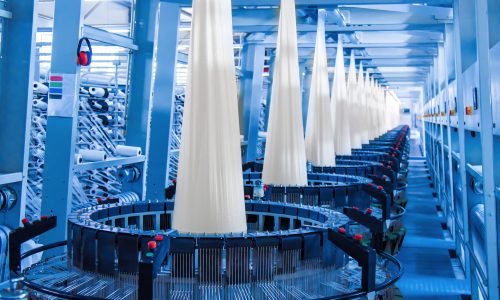
Warp Yarns: These are the yarns that run lengthwise in the fabric, parallel to the selvage edge. They are typically stronger and more tightly tensioned than the weft yarns. The warp yarns are loaded onto the loom and are subjected to tension during the weaving process.
Weft Yarns: Also known as filling or woof yarns, these are the yarns that run widthwise across the fabric, perpendicular to the selvage edge. The weft yarns are interlaced with the warp yarns during weaving, creating the fabric structure.
Selvage: The selvage is the self-finished edge of the fabric that runs parallel to the warp yarns. It is created during the weaving process to prevent the fabric from unraveling and provides stability to the edges.
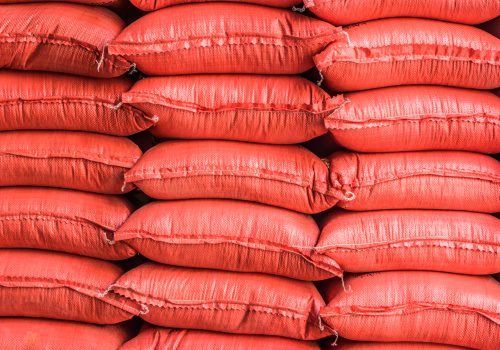
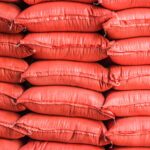
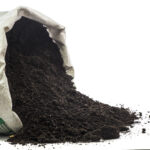
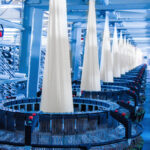
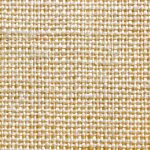
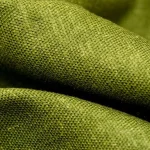
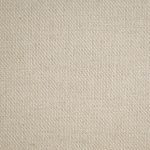
Copyright © 2024 Raghav Polymers. Designed and Developed by Softone
We are glad that you preferred to contact us. Please fill our short form and one of our friendly team members will contact you back.